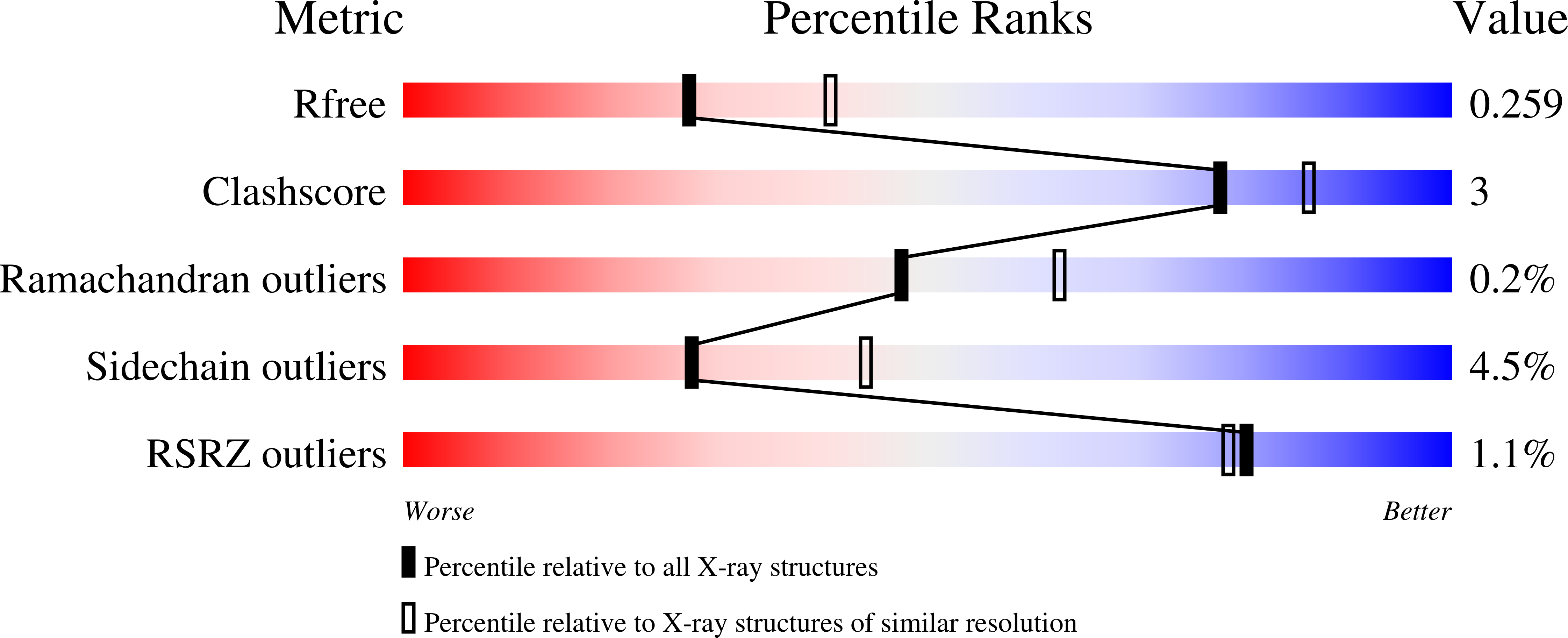
Deposition Date
2020-10-28
Release Date
2020-12-23
Last Version Date
2024-12-25
Entry Detail
PDB ID:
7KL1
Keywords:
Title:
Cocrystal structure of human CaMKII-alpha (CAMK2A)kinase domain and GluN2B(S1303D)
Biological Source:
Source Organism:
Homo sapiens (Taxon ID: 9606)
Host Organism:
Method Details:
Experimental Method:
Resolution:
2.40 Å
R-Value Free:
0.25
R-Value Work:
0.20
R-Value Observed:
0.20
Space Group:
P 21 21 21


